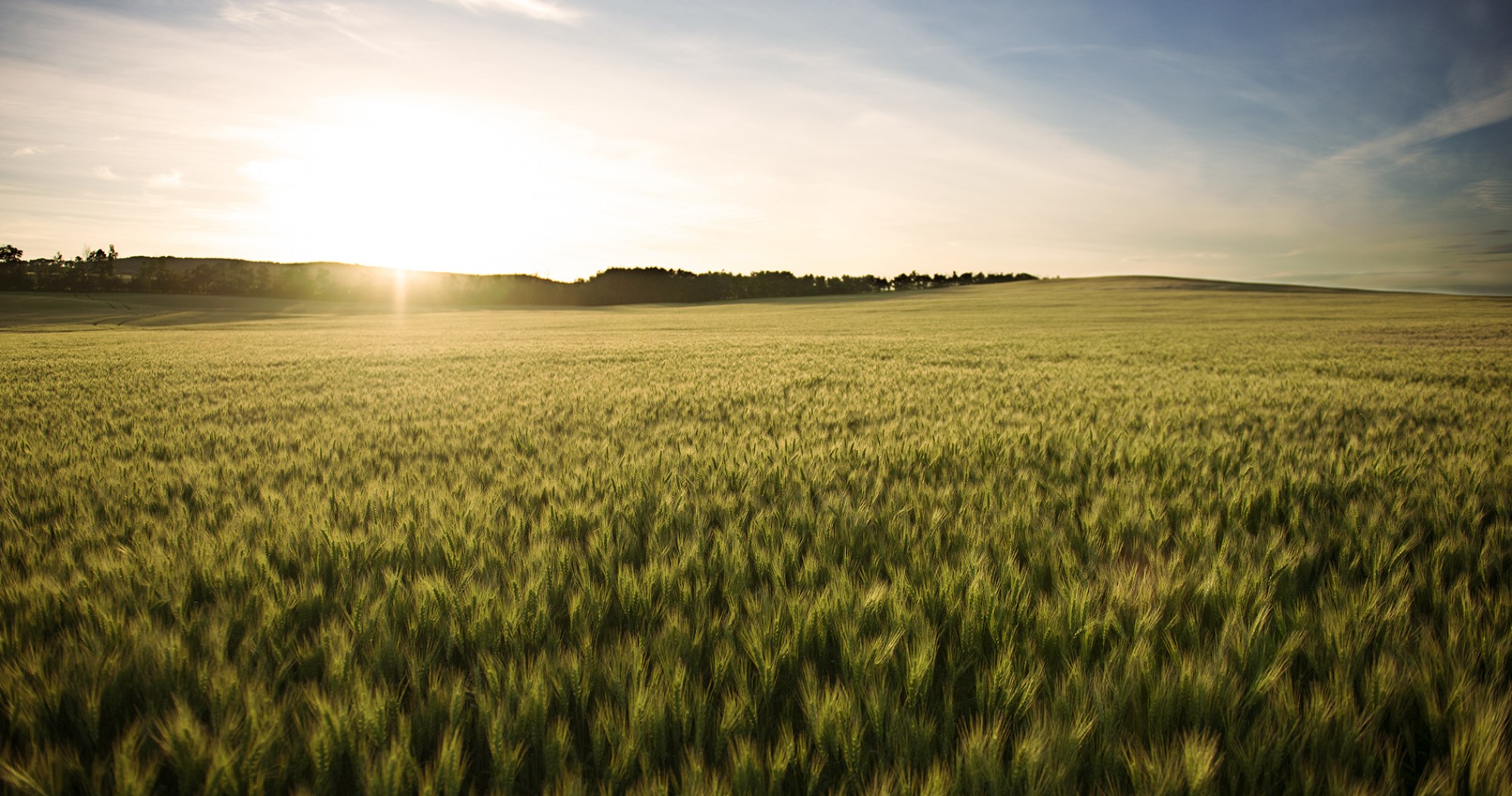What the changing geopolitical landscape In 2025 could mean for Alberta grain farmers
The first half of 2025 have ushered in a remarkable wave of geopolitical change, both within Canada and beyond our borders. Much of this stands to reshape not only our politics but also key industries across the country, including agriculture.
From U.S. tariffs and a new federal government to renewed threats to our sovereignty and shifting provincial political dynamics, change is underway. With it come new challenges; however, opportunities may also be on the horizon for Alberta’s farmers.
The U.S. tariffs imposed and later modified in March on all Canadian goods, including wheat and barley exports, almost immediately spurred renewed focus on market diversification at all levels of government and across the industry. These efforts include measures aimed at expanding domestic capacity for internal trade, as part of broader objectives to reduce Canada’s reliance on both export markets and imported goods. This response echoes the supply chain and logistical challenges experienced during the COVID-19 pandemic.
While the challenges posed by the U.S. tariffs are concerning for farmers in the short term, they could result in more secure and diversified domestic markets in the long run. This could help reduce the impact of future trade disruptions.
With a federal change in leadership, Mark Carney secured the Liberals’ fourth consecutive term in government in late April. Shortly afterward, Prime Minister Carney released his mandate letter under the subtext A Generational Challenge. This referred to the transformation underway in the global trading system on which Canada depends, combined with longstanding weak productivity and rising affordability concerns that farmers and their families know too well.
Among seven priorities outlined in the letter, Carney emphasized domestic growth. He committed to removing barriers to interprovincial trade and expediting nation-building projects intended to connect and transform Canada. He also emphasized the need to work together to overcome future challenges and reinforce national unity.
While Canadian-grown wheat is already well diversified — exported to nearly 80 countries — and barley maintains a robust domestic market, Alberta Grains and the organizations we support, such as Cereals Canada and the Canada Malt Barley Technical Centre (CMBTC), continue to play a critical role in market diversification and sector growth.
As discussion shifts toward strengthening internal trade within Canada’s borders, now is the time to renew efforts. These efforts should not only support growth in the agricultural sector but also target critical infrastructure investments, including rail capacity and reliability. Western Canadian farmers are heavily dependent on the rail system and port facilities for grain exports. Improving and expanding this system is central to any nation-building strategy.
The agricultural sector, particularly Canada’s crop producers, stands on the cusp of new opportunities as political changes in Canada and the return of U.S. policies under the Trump administration shape the outlook for trade, investment and innovation. While farmers have long navigated a complex web of domestic and international influences, the current landscape brings renewed optimism for growth, competitiveness and market diversification.
Over the next year, Alberta Grains will work strategically to explore and leverage opportunities for farmers in internal trade, domestic value-added processing and market expansion. We will collaborate with all levels of government to align efforts on market access, infrastructure development and innovation funding, and to explore emerging opportunities that can help create fertile ground for growth.

